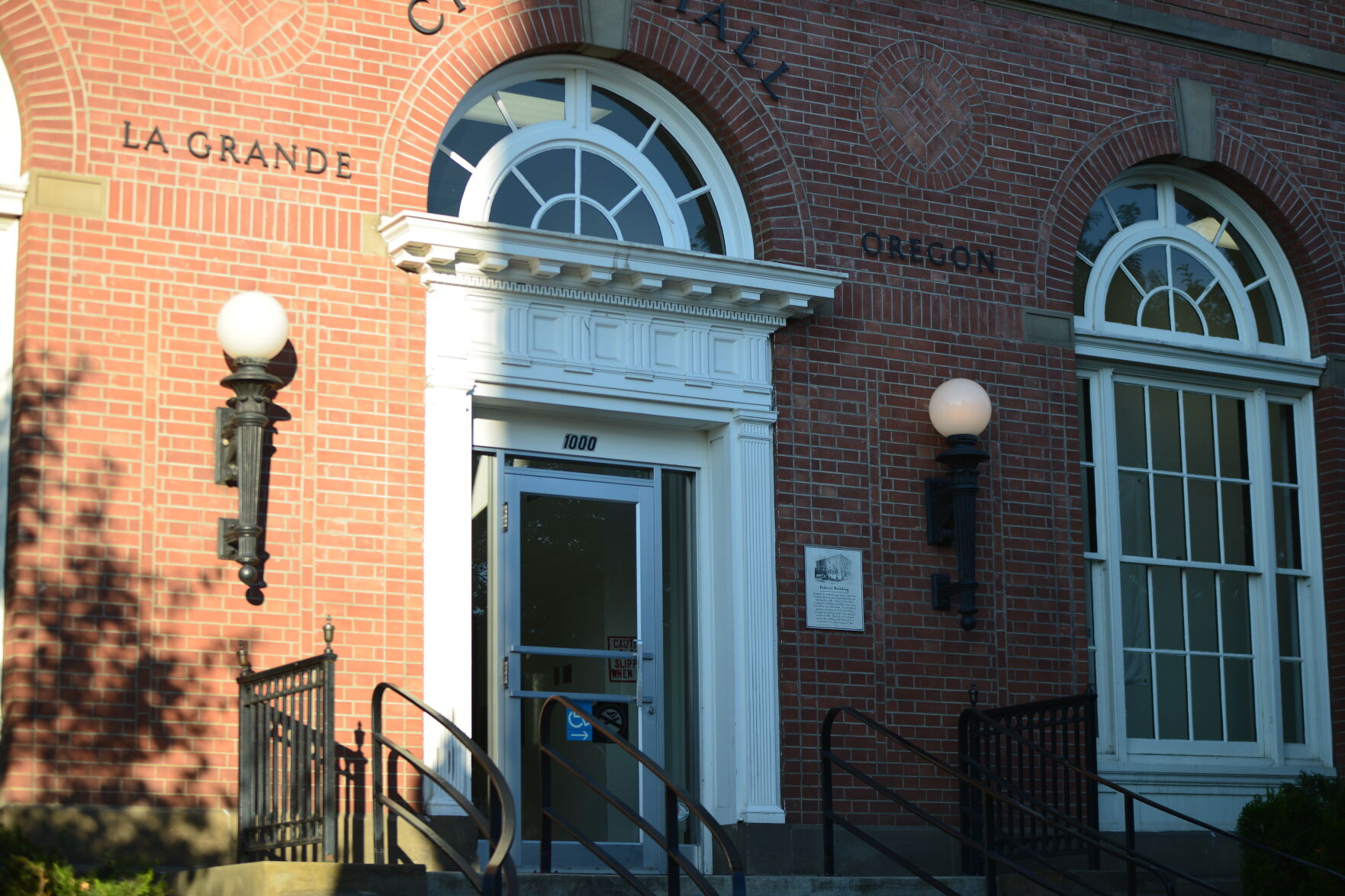Oregon’s job growth will slow in coming decade
Published 3:00 pm Monday, January 8, 2024
PORTLAND — Oregon employers won’t hire as rapidly over the next 10 years as the post-pandemic rebound fades, according to a new state projection.
Health care, hospitality and business services jobs are in line for the fastest growth. Overall growth will be held down by slow hiring by manufacturers and in other sectors, according to the annual job growth report from economists at the Oregon Employment Department.
The agency expects total employment will grow by about 10% through 2032, according to the annual projection from its economists. That is about 221,000 additional jobs over 10 years (or 213,000 more jobs, excluding farm labor).
It’s a much slower outlook than the 10-year projection the employment department issued a year ago, when it expected 265,000 new jobs. And it’s also much slower growth than during the prior 10 years, when statewide employment grew by about 18%.
The employment department issues these 10-year growth projections annually to anticipate future labor market trends and workforce training requirements. The agency uses national data, statewide numbers, demographic information and industry experts to compile its outlook.
Last year’s projection was inflated by rapid growth in many industries as the economy bounced back from the pandemic recession, according to Sarah Cunningham, projections economist with the employment department. That rapid growth is behind us now, so Oregon hiring has returned to a more measured trajectory.
Oregon’s job outlook is likely to be constrained by the state’s aging demographics and slowing population growth. The U.S. Census Bureau estates that Oregon’s population has declined modestly in each of the past two years, reversing a decade of robust migration into the state.
The employment department’s economists expect the state’s population will rebound in the coming decade, though, making room for continued job growth in the years ahead.
Health care is among the state’s largest sectors and projections indicate it will remain among the fastest growing, adding 44,500 jobs by 2032.
“This growth is attributed to the aging of the state’s population, longer life expectancies, and an expected rebound in the state’s long-term population growth,” Cunningham wrote in her analysis.
Oregon hospitality jobs have been among the slowest to recover from the pandemic, but that leaves them room to grow in the coming years — adding a projected 34,000 jobs.
“Fast growth in the leisure and hospitality sector is mainly driven by the recovery from the Pandemic Recession, as more normal conditions resume for restaurants, hotels, and arts, cultural, and recreational establishments,” Cunningham wrote.
In percentage terms, state economists anticipate the information sector will grow the fastest, a 20% boost. That’s a big percentage gain, but it’s a tiny sector, with just 36,500 jobs. Most of the growth will come from software publishing, a subcategory of the broader software industry, along with data centers, film and video. Software accounts for most of Oregon’s projected growth.
The outlook for other industries is less rosy.
Manufacturing has been in long-term decline in Oregon and elsewhere in the U.S. While the employment department anticipates some growth in factory jobs over the next 10 years, its 7% growth projection would lag the state’s overall pace.
State and local government jobs will growth at similar rates, between 5% and 7%, according to the projections, while federal employment is likely to be flat.
And a handful of industries are likely to lose jobs, according to the projections, including newspapers, paper mills, electronics stores and radio and TV broadcasters.





